Art is never just about what we see on canvas or in a sculpture—it's a complex tapestry of human experience, cultural dialogue, and historical context. For too long, traditional art history has been dominated by a narrow, Eurocentric perspective that marginalized diverse voices and overlooked remarkable artists who didn't fit the conventional narrative.
Forgotten Voices: Rediscovering Marginalized Artists
When we dig deeper into art history, we uncover incredible stories of artists who were systematically silenced or overlooked. Take, for example, the remarkable African American painter Meta Vaux Warrick Fuller, whose powerful sculptures exploring Black identity and resilience predated the Harlem Renaissance by decades. Her work challenged racial stereotypes and created profound visual narratives about Black experience, yet she remained largely unknown in mainstream art circles for years.
Similarly, Indigenous artists like Norval Morrisseau revolutionized contemporary art by bringing traditional Indigenous storytelling and spiritual symbolism into modern artistic expression. His vibrant, transformative work not only celebrated Indigenous culture but also challenged colonial artistic paradigms, paving the way for future generations of Indigenous artists.
Decolonizing Art Narratives: A Critical Reexamination
The process of decolonizing art history isn't just about adding marginalized artists to existing frameworks—it's about fundamentally reimagining how we understand artistic creation and cultural significance. This means critically examining how colonial perspectives have shaped our understanding of art, challenging Eurocentric hierarchies, and recognizing the complex global networks of artistic exchange.
Museums and academic institutions are increasingly acknowledging their role in perpetuating colonial narratives. Provenance research has become crucial in understanding how artwork was acquired, often revealing uncomfortable histories of exploitation and cultural theft. By tracing these complex histories, we gain a more nuanced understanding of artistic production and cultural representation.
Technological advances have dramatically expanded our ability to research and contextualize art. Digital archives, collaborative international research projects, and advanced imaging techniques allow scholars to uncover previously hidden stories and connections. These tools help us reconstruct artistic histories that were intentionally fragmented or suppressed.
Emerging scholarship is revealing the incredible complexity of artistic movements that were previously oversimplified. The Négritude movement, for instance, wasn't just an artistic style but a profound philosophical and political statement about Black identity, creativity, and resistance to colonial oppression.
Contemporary artists are actively engaging with these reimagined historical narratives. Many are creating work that directly confronts historical silences, reinterprets archival materials, and challenges traditional representational practices. Artists like Kehinde Wiley, who reimagines classical portraiture with contemporary Black subjects, exemplify this transformative approach.
The global art world is slowly recognizing that diversity isn't just about representation—it's about fundamentally changing how we understand artistic creation. This means supporting artists from marginalized communities, creating equitable institutional spaces, and developing more inclusive curatorial practices.
Critical to this work is understanding art as a dynamic, interconnected form of communication. Art isn't created in isolation but emerges from complex cultural, political, and personal contexts. Each artwork carries multiple layers of meaning, reflecting individual experiences while simultaneously revealing broader social dynamics.
By embracing these more nuanced perspectives, we create space for richer, more complex artistic dialogues. We move beyond simplistic narratives of artistic "genius" and recognize art as a collective, collaborative human experience that transcends traditional boundaries.
The reimagining of art history is an ongoing, collective project. It requires curiosity, humility, and a willingness to challenge our existing assumptions. Every time we look at an artwork with fresh eyes, we participate in this transformative process of understanding and appreciation.
Subscribe to my newsletter to get the latest updates and news

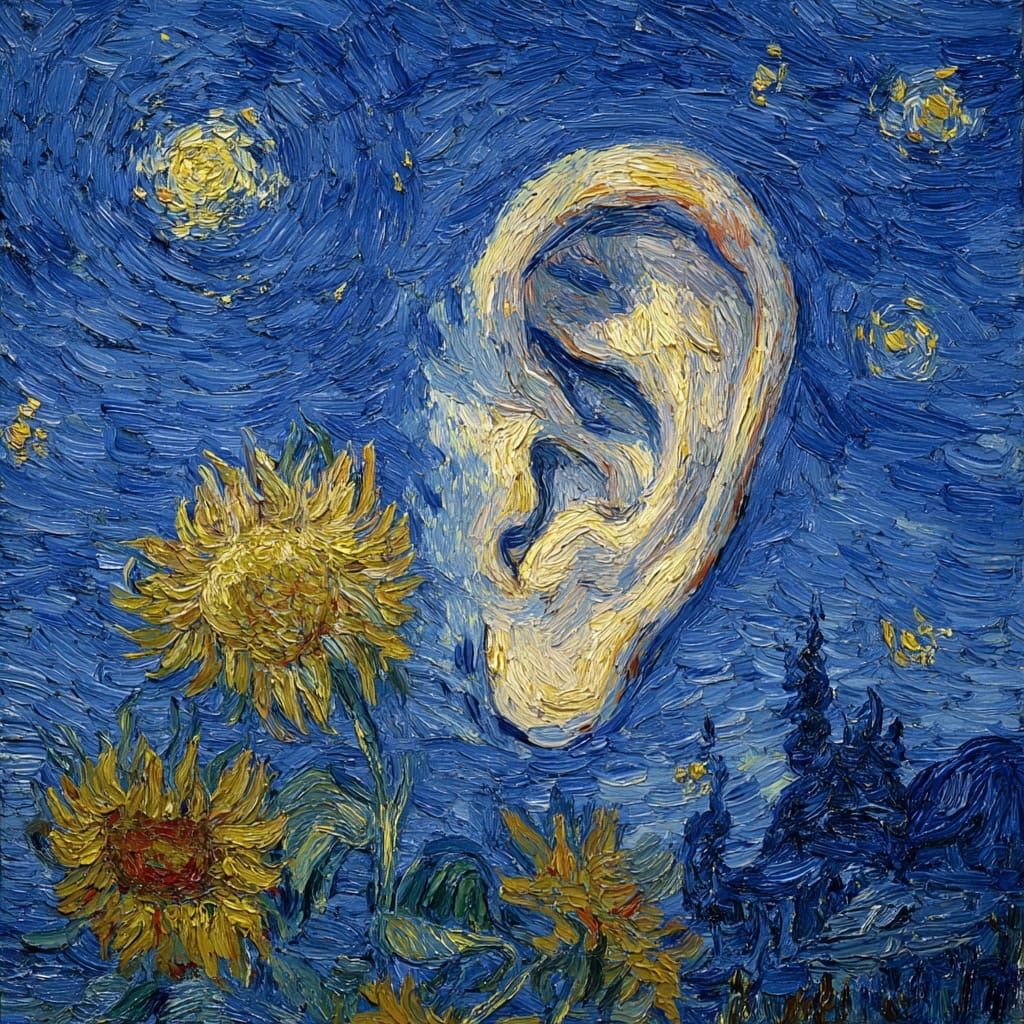
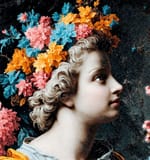


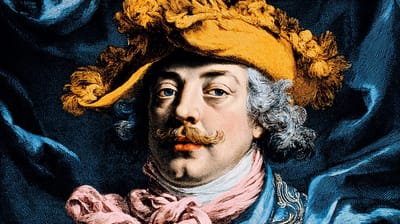


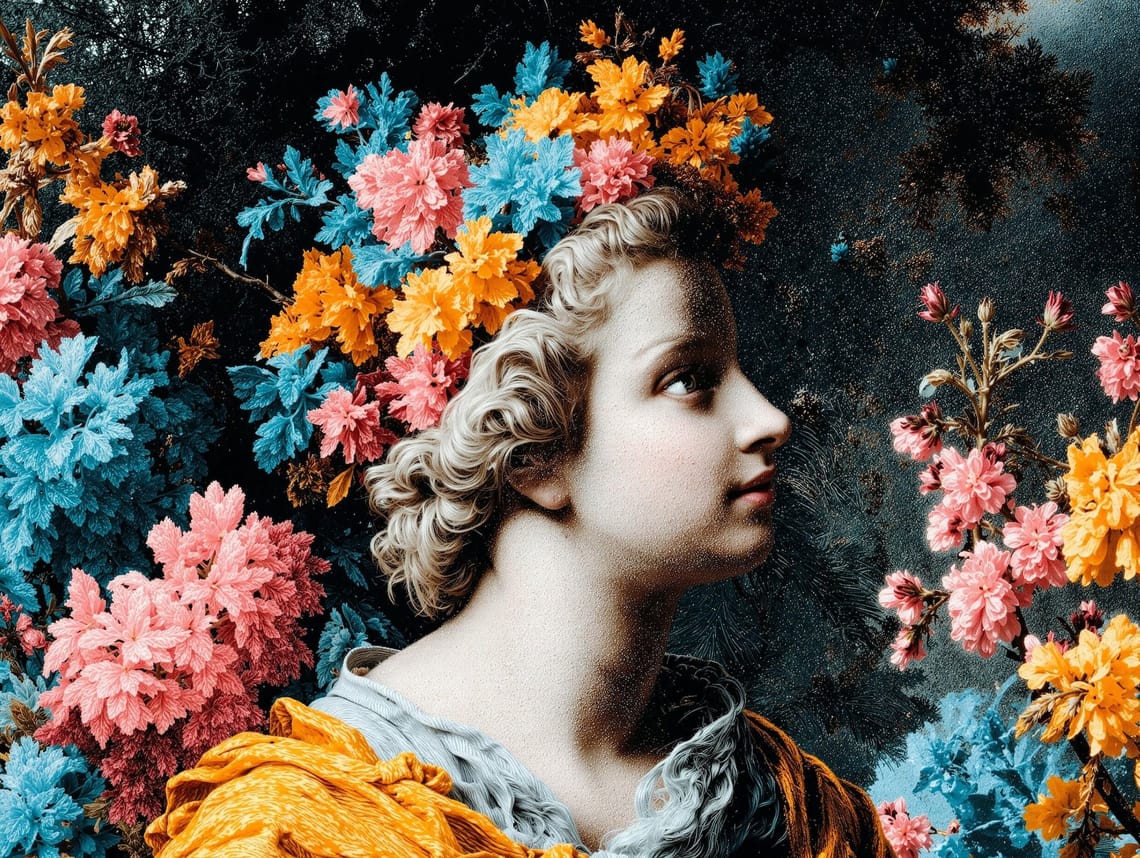

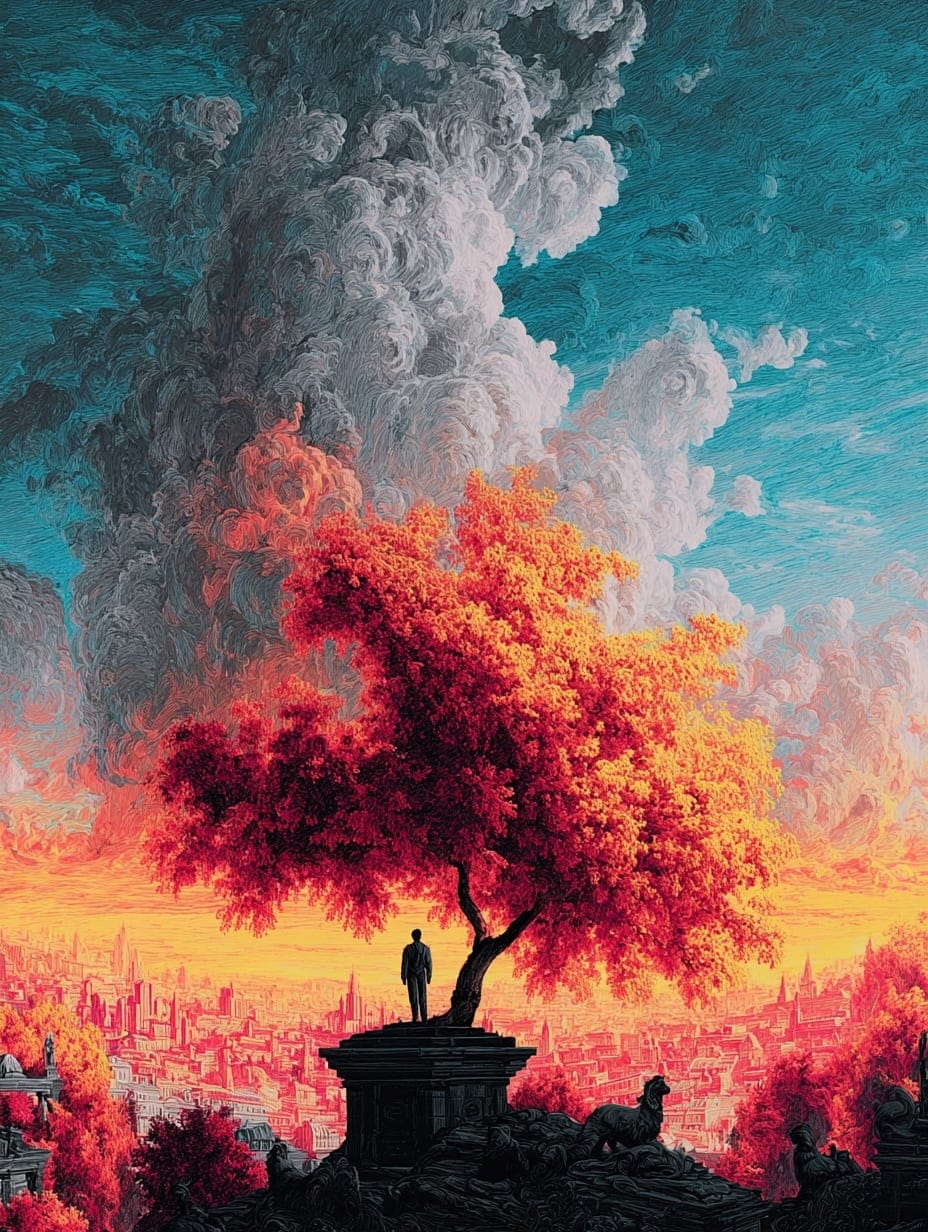
Member discussion